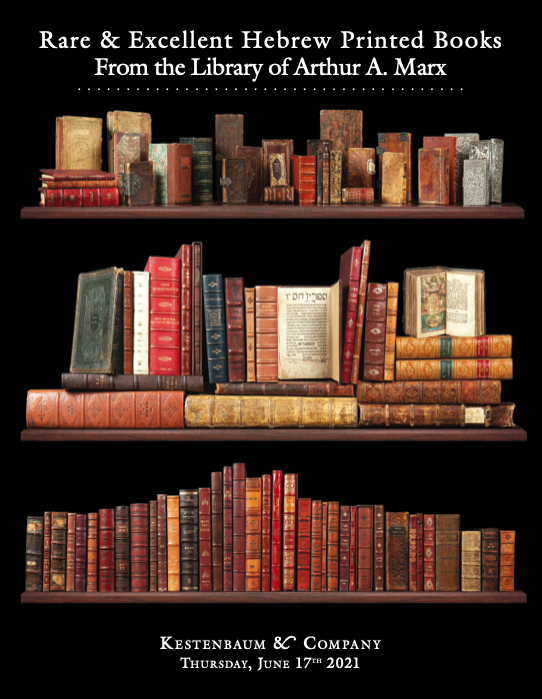Kaphtor VaPherach [on the geography, topography and laws of Eretz Israel].

Auction 94 |
Thursday, June 17th,
2021 at 11:00am
Rare & Excellent Hebrew Printed Books: From the Library of Arthur A. Marx
Lot 188
HAPARCHI, ESTORI.
Kaphtor VaPherach [on the geography, topography and laws of Eretz Israel].
Venice: Meir Parenzo 1549
Est: $2,000 - $3,000
PRICE REALIZED $1,800
<<“HaParchi’s work is a genuine treasure trove for the study of Palestine.”>> See I. Zinberg, Vol. III, pp. 152-3.
Estori ben Moses HaParchi (1280-1366) was the first topographer of Eretz Israel. Born in Provence, his family originally hailed from the Andalusian town of Florenza, hence the surname “HaParchi,” a Hebrew translation of the Spanish “flor” (flower). The name “Estori” is a corruption of the title “Ish Tori” (Man of Touraine, France).
Kaphtor V'Pherach is an encyclopedia on all things related to Eretz Israel. It presents opinions and decisions on the agricultural laws, such as tithes (terumah and ma'aser), the Sabbatical year (Shemitah) and Jubilee year (Yovel). The author also provides information on the differing religions and sects settled in Eretz Isael at the time.
Perhaps the most significant part of the work is the identification of Biblical and Talmudic sites and cities. Parchi seems to have been the first to suggest a relation between contemporary Arabic place names and their Biblical names. Using this method, he claimed that his own place of residence- Baysun- was the Biblical Beit She’an. This assessment would be confirmed by Biblical archaeologists centuries later, and Parchi’s method is still widely used by professionals, who use his list of place names in instances when a given site is called by a different name. A noteworthy example, 1830’s researcher Edward Robinson argued that ‘Nablus’ was a corruption of the Latin ‘Flavia Neopolis’, the Roman designation for the Biblical Shechem, helping confirm the location of this most important city.
